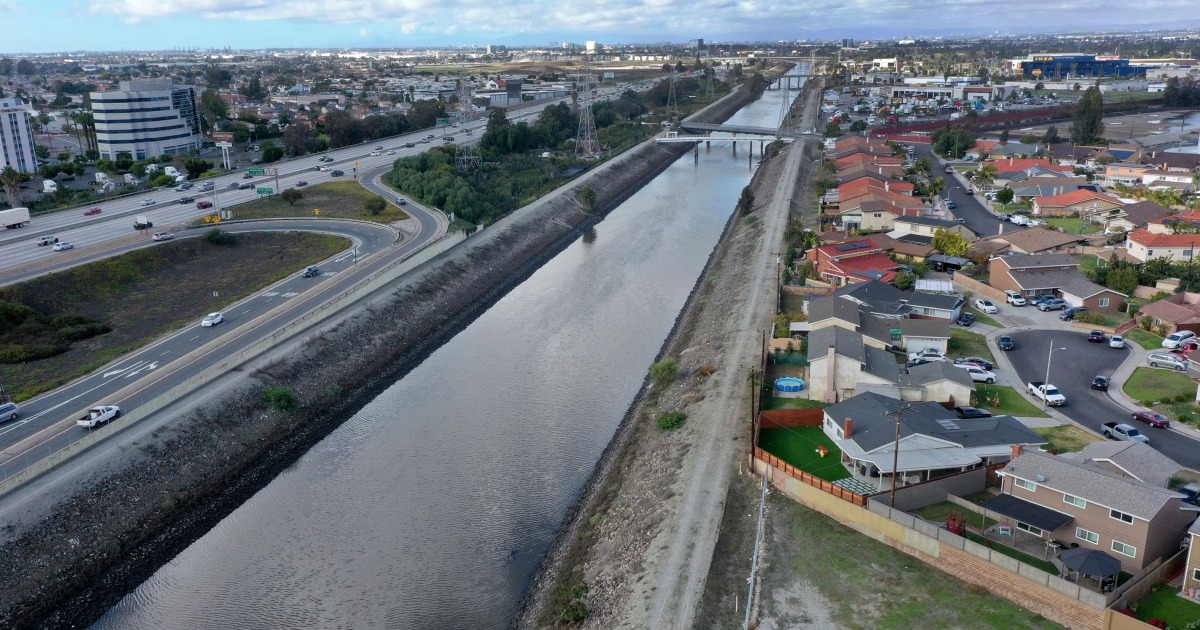Southern California beaches from Orange to Los Angeles counties were closed over the holiday weekend after as many as 7 million gallons of untreated wastewater spilled into the Pacific Ocean, officials said Sunday.
The spill happened after a series of late December storms brought heavy rainfall to the area. A section of Los Angeles County-run sewage system “collapsed,” sending untreated wastewater to already overwhelmed storm drains that lead to sea, some blocked by debris, the Los Angeles County Sanitation Districts said in a series of statements.
The collapse was reported Friday night in the city of Carson, and an emergency contractor quickly set up pumps to bypass the problem, but sewage continued to make it to sea the next day, according to the districts.
By New Year’s Day additional bypass pumps and the last drops of rain had combined to help end the spill overnight, the sanitation officials said.
The spill prompted coastal closures from Huntington Beach to the south to Rancho Palos Verdes to the north, said officials in the two counties affected by the breach.
The closures included 7 miles of beaches and bayfront areas in Long Beach, health officials there said. Reopening the coastline to recreation would require water testing that shows bacterial levels that are not hazardous, they said.
Some of the same beaches were temporarily closed in early October after a pipeline breach off Huntington Beach released an estimated 25,000 gallons of crude oil into the Pacific.
The 70th annual Polar Bear Swim at Cabrillo Beach in Los Angeles, scheduled for New Year’s Day, was canceled because of the latest spill.
Frigid water temperatures in the mid-50s have generally helped to keep holiday tourists away from the shoreline, but the regularity of storm-related spills concerned some leaders.
“A sewage spill of this magnitude is dangerous and unacceptable, and we need to understand what happened,” Los Angeles County Supervisor Janice Hahn said in a statement. “The recent storm undoubtedly contributed to the spill, but we need infrastructure that doesn’t fail when it rains.”
A major storm drainage creek serving the area of the spill, the Dominguez Channel, was also the subject of a persistent, foul odor in October.
Investigators focused on a late September fire at a warehouse that stored wellness and beauty products. They believe the fire unlocked and released some of the products’ chemicals, including ethanol, which then made their way to the channel and were alleged to have caused or contributed to the sulfurous odor.
Dennis Romero is a breaking news reporter for NBC News Digital.





